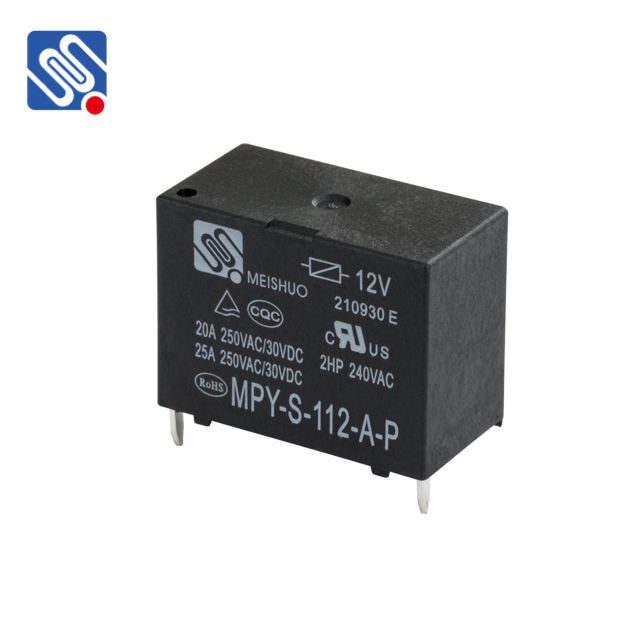Relays are crucial components in electrical and electronic systems, acting as switches that control the flow of current in a circuit. One of the most important specifications to consider when selecting a relay is its voltage rating. The relay voltage rating determines the electrical limits within which the relay can safely operate without risk of failure or damage. In this article, we will explore the different aspects of relay voltage ratings, including coil voltage, contact voltage, insulation voltage, and switching voltage, as well as their significance in practical applications.

What is Relay Voltage Rating? Relay voltage rating refers to the maximum voltage a relay can handle during its operation, both at the coil and the contact points. The coil voltage is the input voltage required to activate the relay’s switching mechanism, while the contact voltage defines the maximum voltage that the relay’s contacts can carry when closed. These ratings are essential for ensuring that the relay functions properly within a circuit without causing damage to the relay or other components. Types of Relay Voltage Ratings Rated Coil Voltage: The rated coil voltage is the voltage required to energize the relay’s coil and initiate the switching process. This voltage must match the specifications of the control circuit. For example, a 12V relay should be powered by a 12V source. If the coil voltage is too low, the relay might fail to activate, while if it is too high, it may overheat or be damaged.
Leave a Reply
You must be logged in to post a comment.